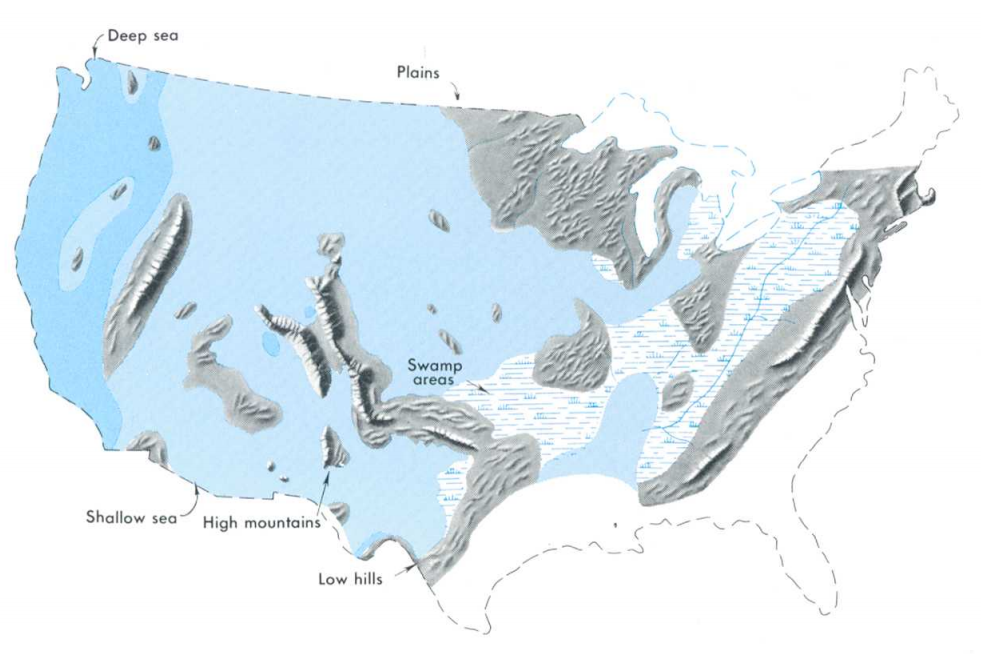|
Cystodictya
''Cystodictya'' is a genus of prehistoric bryozoans in the extinct family Cystodictyonidae. The species ''C. elegans'' is from the Pennsylvanian (Upper Carboniferous) of the Johns Valley Formation of Oklahoma. See also * List of prehistoric bryozoan genera This list of prehistoric bryozoans is an attempt to create a comprehensive listing of all Genus, genera that have ever been included in the bryozoa which are known from the fossil record. This list excludes purely vernacular terms. It includes a ... References External links * * Cystoporida Prehistoric bryozoan genera Stenolaemata genera {{Bryozoan-stub ... [...More Info...] [...Related Items...] OR: [Wikipedia] [Google] [Baidu] |
Cystodictyonidae
Cystodictyonidae is an extinct family of bryozoans within the order Cystoporida. Members of this family have been known to live from the Ordovician to the Paleogene period. Genera * †'' Acrogenia'' * †''Cystodictya ''Cystodictya'' is a genus of prehistoric bryozoans in the extinct family Cystodictyonidae. The species ''C. elegans'' is from the Pennsylvanian (Upper Carboniferous) of the Johns Valley Formation of Oklahoma. See also * List of prehistoric ...'' * †'' Dichotrypa'' * †'' Filiramoporina'' * †'' Lophoclema'' * †'' Mongolodictya'' * †'' Ptilocella'' * †'' Semiopora'' * †'' Stictocella'' * †'' Sulcoretepora'' * †'' Taeniopora'' * †''Thamnotrypa'' * †''Wysejacksonella'' References {{Taxonbar, from=Q4195203 Cystoporida Prehistoric bryozoans Bryozoan families Ordovician first appearances Paleogene extinctions ... [...More Info...] [...Related Items...] OR: [Wikipedia] [Google] [Baidu] |
List Of Prehistoric Bryozoan Genera
This list of prehistoric bryozoans is an attempt to create a comprehensive listing of all Genus, genera that have ever been included in the bryozoa which are known from the fossil record. This list excludes purely vernacular terms. It includes all commonly accepted genera, but also genera that are now considered invalid, doubtful (''nomen dubium, nomina dubia''), or were not formally published (''nomen nudum, nomina nuda''), as well as synonym (zoology), junior synonyms of more established names, and genera that are no longer considered bryozoans. Naming conventions and terminology follow the International Code of Zoological Nomenclature, as indicated. A *''Acanthocella'' *''Acanthoceramoporella'' *''Acanthocladia'' *''Acanthoclema'' *''Acanthodesia'' *''Acantholaminatus'' *''Acanthopora'' *''Acanthoporella'' *''Acanthoporidea'' *''Acanthotrypa'' *''Acanthotrypina'' *''Acoscinopleura'' *''Acrogenia'' *''Actinopora'' *''Actinotaxia'' *''Actinotrypa'' *''Actinotrypella'' *''Act ... [...More Info...] [...Related Items...] OR: [Wikipedia] [Google] [Baidu] |
Pennsylvanian (geology)
The Pennsylvanian ( , also known as Upper Carboniferous or Late Carboniferous) is, on the International Commission on Stratigraphy, ICS geologic timescale, the younger of two period (geology), subperiods of the Carboniferous Period (or the upper of two system (stratigraphy), subsystems of the Carboniferous System). It lasted from roughly . As with most other geochronology, geochronologic units, the stratum, rock beds that define the Pennsylvanian are well identified, but the exact date of the start and end are uncertain by a few hundred thousand years. The Pennsylvanian is named after the U.S. state of Pennsylvania, where the coal Bed (geology), beds of this age are widespread. The division between Pennsylvanian and Mississippian (geology), Mississippian comes from North American stratigraphy. In North America, where the early Carboniferous beds are primarily marine limestones, the Pennsylvanian was in the past treated as a full-fledged geologic period between the Mississippian ... [...More Info...] [...Related Items...] OR: [Wikipedia] [Google] [Baidu] |
Johns Valley Formation
The Johns Valley Formation is a geologic formation in Arkansas and Oklahoma. It preserves fossils dating back to the Carboniferous period. Paleofauna Bryozoans *'' Acanthocladia'' :''A. ouachitensis'' *''Fenestella'' :''F. bendensis'' :''F. grandis'' :''F. granularis'' :''F. kosomensis'' :''F. mimica'' :''F. oklahomensis'' *'' Leioclema'' :''L. pushmatahensis'' *'' Rhombopora'' :''R. johnsvalleyensis'' :''R. nitidula'' *'' Sulcoretepora'' :''S. elegans'' Cephalopods * '' Bactrites'' * '' Cravenoceras'' : ''C. scotti'' * '' Cyclocerid'' * '' Dentoceras'' : ''D. belemnitiforme'' * '' Eumorphoceras'' : ''E. plummeri'' * '' Gastrioceras'' : ''G. adaense'' : ''G. fittsi'' * '' Girtyoceras'' : ''G. limatum'' * '' Glaphyrites'' : ''G. oblatus'' : ''G. morrowensis'' * ''Goniatites'' : ''G. choctawensis'' : ''G. granosus'' * '' Homoceratoides'' : ''H. cracens'' * '' Mariceras'' * '' Metacoceras'' * '' Mitorthoceras'' : ''M. perfilosum'' * '' Mooreoceras'' : '' ... [...More Info...] [...Related Items...] OR: [Wikipedia] [Google] [Baidu] |
Cystoporida
Cystoporida, also known as Cystoporata or cystoporates, are an extinct order of Paleozoic bryozoans in the class Stenolaemata. Their fossils are found from Ordovician to Triassic The Triassic ( ; sometimes symbolized 🝈) is a geologic period and system which spans 50.5 million years from the end of the Permian Period 251.902 million years ago ( Mya), to the beginning of the Jurassic Period 201.4 Mya. The Triassic is t ... strata. All cystoporatan bryozoan genera (around 50 or so) have a "cystopore", a chamber-like supporting structure, separated from each other by transverse septa, situated between the characteristically elongated zooecia of each individual colony. Families * Acanthoceramoporellidae (Ordovician) * Actinotrypidae (Carboniferous-Permian) * Anolotichiidae (Ordovician) * Botrylloporidae (Ordovician-Devonian) * Ceramoporidae (Ordovician-Devonian) * Constellariidae (Ordovician-Silurian) * Cystodictyonidae (Devonian-Permian) * Etherellidae (Permian) ... [...More Info...] [...Related Items...] OR: [Wikipedia] [Google] [Baidu] |
Prehistoric Bryozoan Genera
Prehistory, also called pre-literary history, is the period of human history between the first known use of stone tools by hominins million years ago and the beginning of recorded history with the invention of writing systems. The use of symbols, marks, and images appears very early among humans, but the earliest known writing systems appeared years ago. It took thousands of years for writing systems to be widely adopted, with writing having spread to almost all cultures by the 19th century. The end of prehistory therefore came at different times in different places, and the term is less often used in discussing societies where prehistory ended relatively recently. It is based on an old conception of history that without written records there could be no history. The most common conception today is that history is based on evidence, however the concept of prehistory hasn't been completely discarded. In the early Bronze Age, Sumer in Mesopotamia, the Indus Valley Civilis ... [...More Info...] [...Related Items...] OR: [Wikipedia] [Google] [Baidu] |


